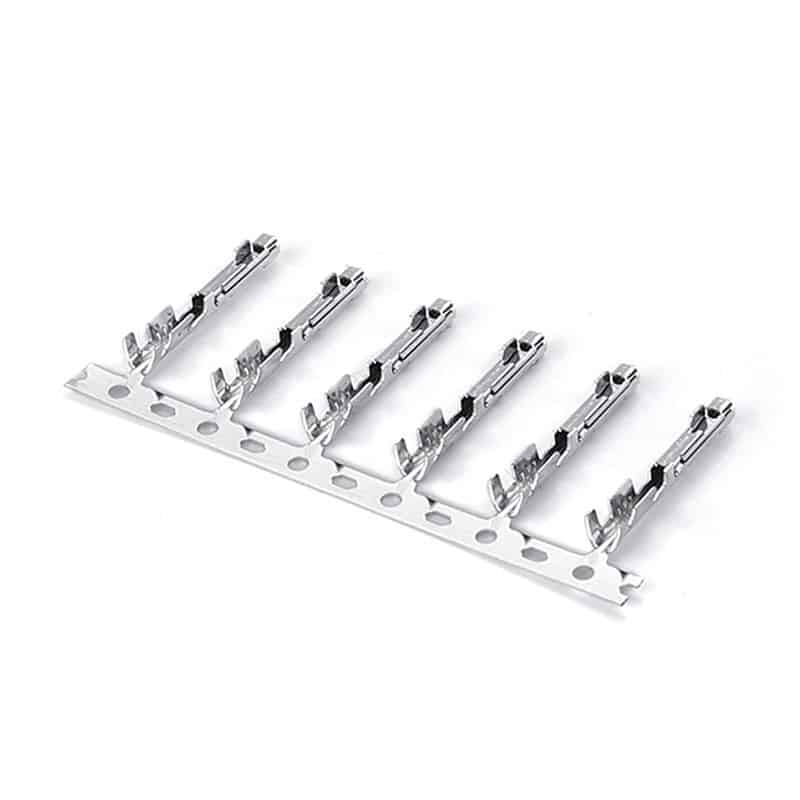Des: 2.0mm WRS connector smt wafer 4pin right angle
Part No: 2024WRS-04-LPSW1BR
Specification:
Current rating:
Plating: Tin Plated/Gold Plated
Packaging: Bag/tray
Replacement: JST eCPT Series

Des: 2.0mm WRS connector smt wafer 4pin right angle
Part No: 2024WRS-04-LPSW1BR
Specification:
Current rating:
Plating: Tin Plated/Gold Plated
Packaging: Bag/tray
Replacement: JST eCPT Series
The headphone Jack female is a functional electronic switch that is a standard part. When in use, gently press the switch button to turn the switch on, and when you release your hand, the switch will be turned off. The internal structure of the headphone socket is a quasi-metallic shrapnel that is forced to spring to complete the opening and closing. Headphone sockets are widely used in electrical appliances due to their small contact resistance, crisp and clear touch when pressed, and complete height specifications. Headphone jack socket interface specifications:The
A Tactile Switches is a momentary-contact electronic component that rapidly closes or opens a circuit when minimal operating force (typically 1-5N) is applied. Upon pressure release, its internal metal dome automatically resets to break the connection13. Core characteristics include: Key Structural Components: plaintextCopy CodeTerminal Pins → Electrical contacts Base → Structural support Metal Dome → Conductive element (copper/silver alloy) Button → Transmits external force Cover → Dust/contaminant shield The comparison between tactile switches and push button switches, maintaining technical accuracy and structural clarity: I. Core Operational Principles II. Structural & Performance Comparison
USB-C Connector is gradually replacing USB-A, and product selection needs to pay attention to these In the past decade, many connectors in the field of consumer electronics have been replaced by USB-C Connectors in the integration. But how difficult is it for USB-C Female Connector to be “universal” for terminals? The 3.5mm audio interface gradually disappeared from mobile phones, and the Lightning interface on the iPhone and the Micro-USB interface on domestic mobile phones were gradually replaced by USB-C. For terminals, can USB-C connectors really meet the requirements of “universal
Are you looking for a reliable electronic connector manufacturer to support your business with high-quality products at competitive pricing?